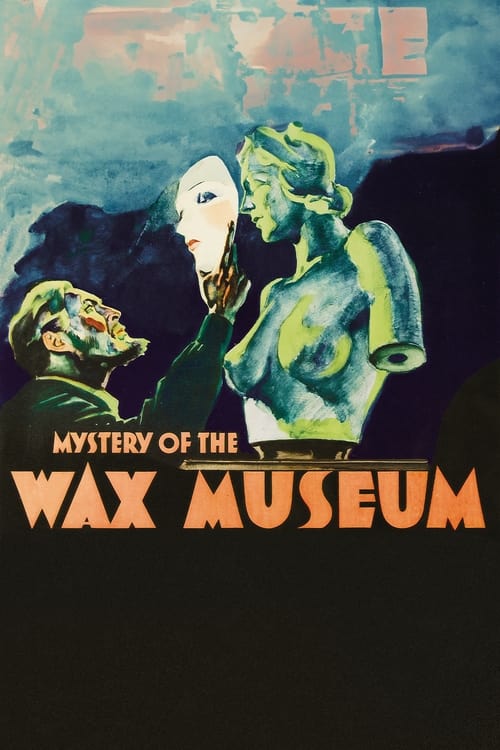Have you ever stood before a wax figure, so lifelike in its detail, that you felt a shiver run down your spine? A fleeting feeling of uncertainty? It’s this enigmatic quality – the uncanny valley – that draws us to wax museums, captivating our imaginations and inviting us to question the boundaries between the real and the artificial.

Image:
The allure of wax museums transcends generations. From the iconic Madame Tussauds to lesser-known local attractions, these intriguing spaces have long held a special place in our cultural consciousness. But beyond the spectacle of celebrity figures and historical reenactments, a deeper mystery lingers. What is it about these waxen portrayals that stirs our emotions and leaves us with lingering questions?
The History of Wax Figures: From Devotion to Entertainment
The art of wax modeling has roots that stretch back centuries, with early examples found in ancient Egypt and Greece. These early figures, often religious in nature, were used for devotional purposes, representing deities and figures of veneration. Over time, the craft evolved, finding its way into the realm of the secular, with wax figures employed to depict historical figures and royalty.
The 18th century witnessed the rise of wax museums as public entertainment, showcasing both famous individuals and scenes of historical events. Figures became increasingly sophisticated, capturing the essence of their subjects with uncanny accuracy. The birth of Madame Tussauds in the late 18th century marked a pivotal moment, establishing a global standard for wax figure artistry that continues to inspire awe today.
The Uncanny Valley: When Realism Becomes Uncomfortable
The fascination with wax museums, however, is not solely attributed to the meticulous craftsmanship of the figures. It lies, in part, in the unsettling phenomenon known as the “uncanny valley.” Coined by roboticist Masahiro Mori in 1970, this concept describes the discomfort humans experience when confronted with lifelike representations that fall just short of achieving true human likeness.
The uncanny valley effect is particularly pronounced in wax figures. Their almost-perfect mimicry of human features, coupled with their static nature and lack of life’s subtle movements, triggers a feeling of unease in our minds. This unsettling sensation is often accompanied by a sense of mystery and wonder, prompting us to question the very nature of reality and artificiality.
The Wax Museum as a Portal to History and Imagination
Beyond the unsettling nature of the uncanny valley, wax museums offer a unique window into the past. They allow us to encounter historical figures, from emperors and revolutionaries to artists and scientists, in an intimate and engaging way. The figures freeze a moment in time, offering a tangible connection to the lives of individuals who shaped our world.
For example, imagine standing face-to-face with Abraham Lincoln, gazing into his piercing eyes as you contemplate the weight of his decisions during the tumultuous Civil War. Or, standing beside Marie Curie, absorbing the quiet strength of a woman who challenged scientific conventions and advanced our understanding of the universe.
These encounters, while fictional, can spark a deeper appreciation for the complexities of history and the humanity of those who lived through it. They remind us that history is not merely a collection of dates and names, but a story woven with passions, struggles, and triumphs.

Image:
The Wax Figures’ Unseen Lives: A Matter of Speculation
While wax figures are meticulously crafted, they remain silent and immobile, their stories suspended in time. This stillness fuels our imaginations, leading us to speculate on the lives these figures might have lived if they were real. Did Cleopatra truly have such alluring beauty? Did Shakespeare possess the same wit and charm we associate with his words?
This interplay between reality and fantasy, between the known and the imagined, is perhaps the most compelling aspect of the wax museum experience. It challenges our perceptions of reality and invites us to explore the vast realm of human imagination.
Mystery Of The Wax Museum
Unraveling the Mystery: A Journey of Discovery
The mystery of the wax museum lies not in a single answer, but in the multitude of thought-provoking questions it raises. It challenges us to examine the boundaries of reality, the power of artistry, and the enduring human fascination with the uncanny.
As you explore a wax museum, don’t just admire the figures. Engage with them, ponder their stories, and allow yourself to be swept away by the magic of the experience. The wax museum, in its uncanny stillness, offers a unique opportunity to connect with history, to spark our imaginations, and to explore the mysteries of our own humanity.





